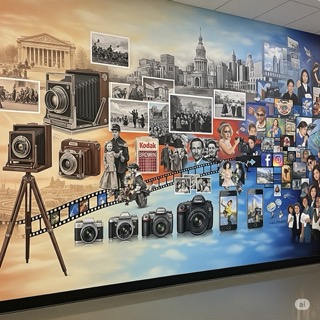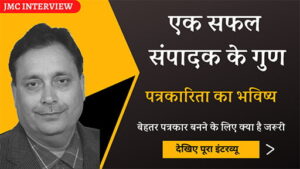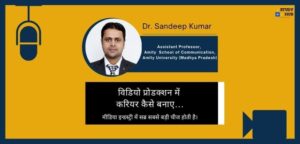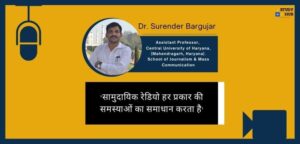What is the standard ratio of inserts to script in a documentary?
(A) 2 minutes of inserts for every minute of script
(B) 3 minutes of inserts for every minute of script
(C) 5 minutes of inserts for every minute of script
(D) 4 minutes of inserts for every minute of script
Correct Ans: (A)
Explanation:
In documentary filmmaking, visual storytelling carries as much weight as narration. Hence, professionals use a standard ratio of 2 minutes of inserts for every minute of script. This ratio ensures there’s enough visual material to keep the audience engaged and to support or enhance what the script communicates.
Let’s break it down. The “script” refers to the spoken content or narration, while “inserts” are cutaway visuals—interviews, archival footage, reenactments, or relevant B-roll. These inserts enrich the documentary by adding context, emotion, and realism. They also break up the monotony of continuous narration, making the final product more visually dynamic and emotionally impactful.
For every single minute of narration, producers gather at least 2 minutes of visuals. This doesn’t mean all of it gets used, but it gives editors enough options to find the perfect footage that matches the spoken word. Moreover, not all inserts are pre-planned. Some come from spontaneous field footage or historical archives added later in editing. So, gathering double the amount of visuals is both a creative buffer and a practical necessity.
Now, let’s look at the other options:
(B) 3 minutes, (C) 5 minutes, and (D) 4 minutes of inserts might sound thorough, but they’re not the accepted industry standard. While some projects may exceed the 2:1 ratio, especially high-budget or cinematic documentaries, the standard remains 2 minutes per 1 minute of script for balance and efficiency.
In conclusion, this 2:1 ratio allows for flexibility, creativity, and clarity during editing. It helps maintain a steady rhythm, ensure smooth transitions, and ultimately, deliver a powerful viewing experience. Every media student and documentary producer must understand this ratio to create compelling and professional-level content.














